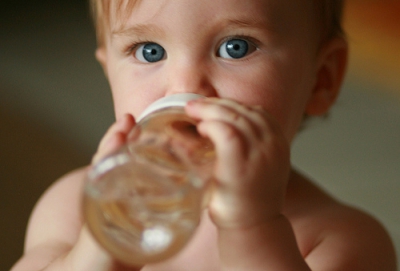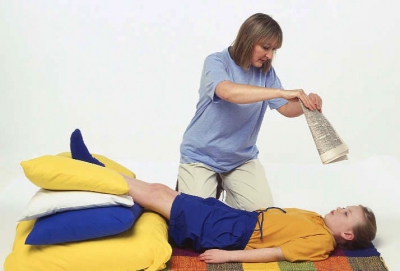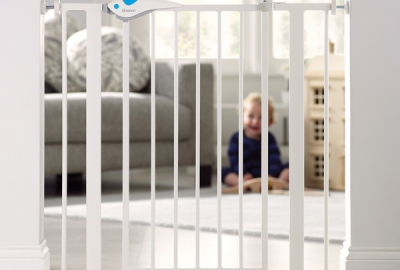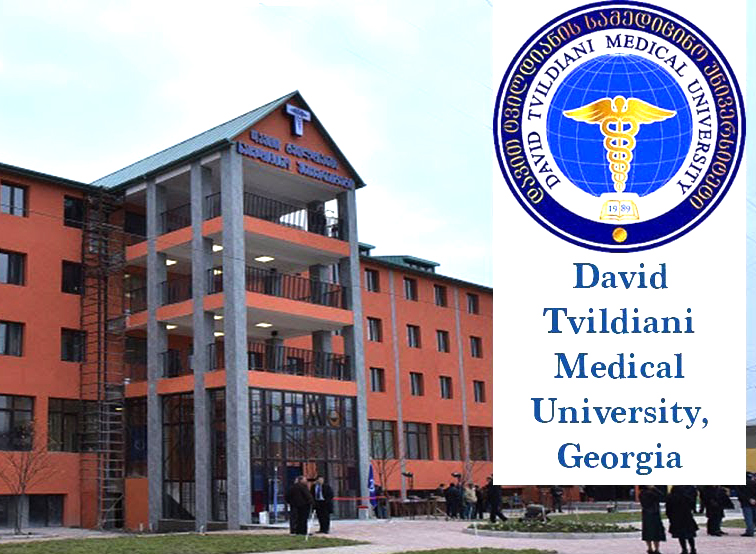What is shaken baby syndrome?
Shaken baby syndrome is the term that is used to describe a form of child abuse caused by vigorously shaking an infant, often in anger, to get a child to stop crying or whining. It usually occurs in children less than 1 year of age, and the violent shaking often results in severe and permanent brain injury, spinal-cord injuries, bleeding in the eyes (retinal hemorrhages), and even death.
How common is shaken baby syndrome?
There are no accurate statistics, but experts estimate the incidence to be between 1,000 to 1,500 infants per year. According to the Centers for Disease Control and Prevention, of the almost 2,000 children who die from abuse or neglect each year, shaken baby syndrome accounts for 10%-12% of them. Most commonly, the victim of shaken baby syndrome is between 3 and 8 months old; however, it has been reported in newborns and in children up to 4 years of age. In addition, 25% of all children diagnosed with shaken baby syndrome die from their injuries.
What causes shaken baby syndrome?
Infants have very weak neck muscles and large and heavy heads in proportion to their bodies. In addition, because the infant brain is immature and needs room to grow, there is naturally a virtual space between the skull and brain to allow for development. Violently shaking an infant can cause the brain to move within the skull, resulting in cerebral contusions (bruising of brain tissue) and shearing (tearing) of blood vessels. Most commonly, the injuries associated with shaken baby syndrome include bleeding around the brain (subdural and subarachnoid hemorrhages), bleeding in the eyes (retinal hemorrhages), and spinal cord or neck injuries. Often infants will also have evidence of other non-accidental injuries, including unexplained bruises, rib fractures, or extremity fractures.
What are the symptoms and signs of shaken baby syndrome?
The injuries associated with shaken baby syndrome may not be immediately noticeable. Infants may present with nonspecific complaints, such as irritability or vomiting. These symptoms are caused by the developing increased pressure within the brain (intracranial pressure) caused by brain hemorrhages and swelling. These infants often develop additional symptoms, such as lethargy, breathing difficulties, and seizures.
What are the treatments for shaken baby syndrome?
Infants with injuries of shaken baby syndrome require emergency care, including respiratory support and surgery. Often these infants require draining of the blood around the brain to decrease the ongoing brain injuries associated with brain swelling. Additional treatments may be required as well, including obtaining ophthalmologic and neurological evaluations.
What is the prognosis for shaken baby syndrome?
Infants who have suffered injuries as a result of this type of child abuse have a poor prognosis. Of those infants who survive, many will have permanent brain damage, retinal injuries, and blindness as well as and neck and spinal injuries. Unfortunately, the damage to the nervous system is too frequently permanent.
Can shaken baby syndrome be caused accidentally?
Shaken baby syndrome is almost always a result of child abuse, often perpetrated by a parent or caregiver who shakes an infant angrily in response to persistent crying. In very rare cases, the injuries associated with shaken baby syndrome may be caused by accidental actions, such as jogging with a newborn baby in a backpack. It does not result from gentle play or bouncing a child on a knee. Even in those rare accidental cases, the injuries are rarely as severe as those cases associated with non-accidental trauma from shaken baby syndrome.









